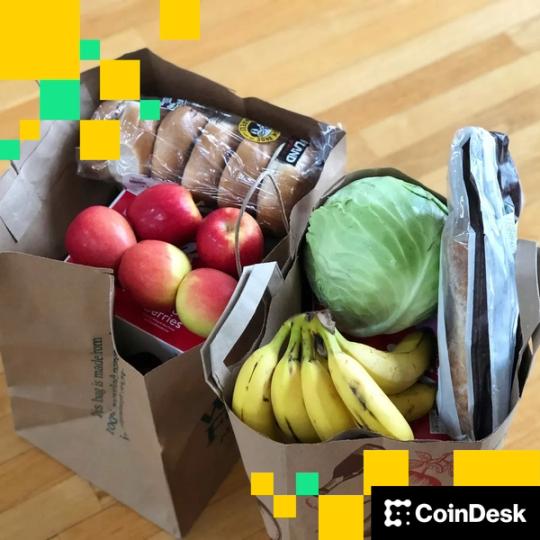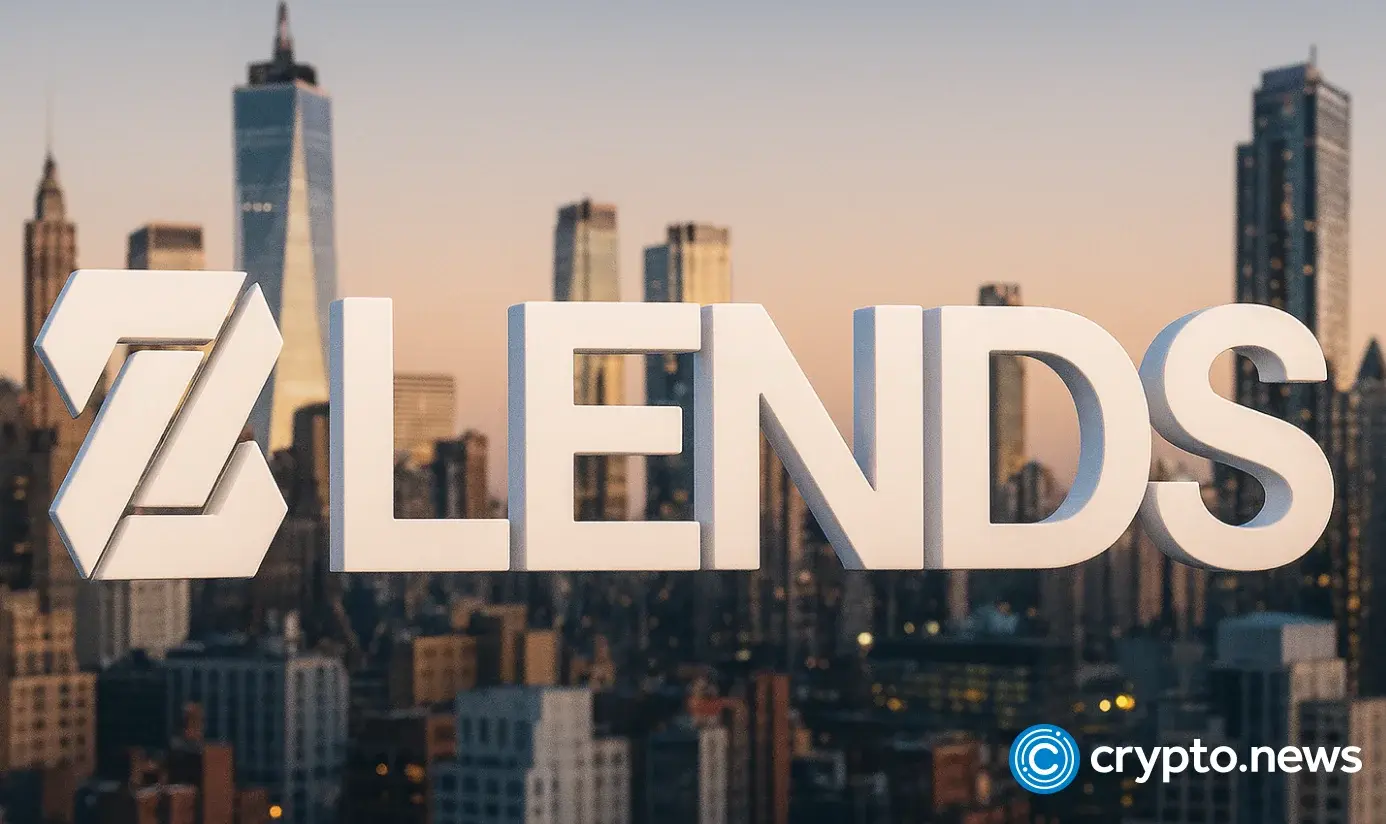The test follows a successful rollout on the Holesky testnet two weeks ago.
Updated Oct 14, 2025, 8:51 a.m. Published Oct 14, 2025, 8:50 a.m.
Ethereum developers launched the second test of the upcoming Fusaka upgrade early Tuesday morning on the Sepolia network, marking another step toward the upgrade’s mainnet debut.
The test follows a successful rollout on the Holesky testnet two weeks ago. Developers plan one final rehearsal on the Hoodi network on Oct. 28, after which they’ll set a date to activate Fusaka on Ethereum’s main blockchain.
Coming only a few months after Ethereum’s major Pectra upgrade, Fusaka is designed to lower costs for institutions using the network. One of its key features, PeerDAS, allows validators to verify only portions of data rather than entire “blobs.” This improvement reduces bandwidth demands and helps cut costs for both layer-2 networks and validators.
Testnets like Sepolia play a crucial role in Ethereum’s development cycle, giving developers a reliable environment to test upgrades under real-world conditions before they go live on the main network.
Holesky, however, has begun to show signs of aging and is expected to be deprecated soon. Its successor, Hoodi, launched earlier this year, is designed to more closely mirror Ethereum’s mainnet. The upcoming Hoodi test is expected to be the most telling indicator yet of how Fusaka will perform once it goes live.
Read more: Ethereum to Close Its Largest Testnet, Holesky, After Fusaka Upgrade
More For You
Societe Generale-FORGE and Bitpanda Expand Partnership to Bring Regulated Stablecoins to DeFi

The move makes SG-FORGE’s euro and dollar stablecoins available to retail users across Europe through Bitpanda’s DeFi wallet
What to know:
- Bitpanda will offer SG-FORGE’s EUR and USD CoinVertible stablecoins to retail users for the first time
- The partnership expands into decentralized finance, supporting lending and borrowing onchain
- The collaboration may extend to Bitpanda’s Vision token and upcoming Vision Chain
.png)
 1 week ago
2
1 week ago
2




